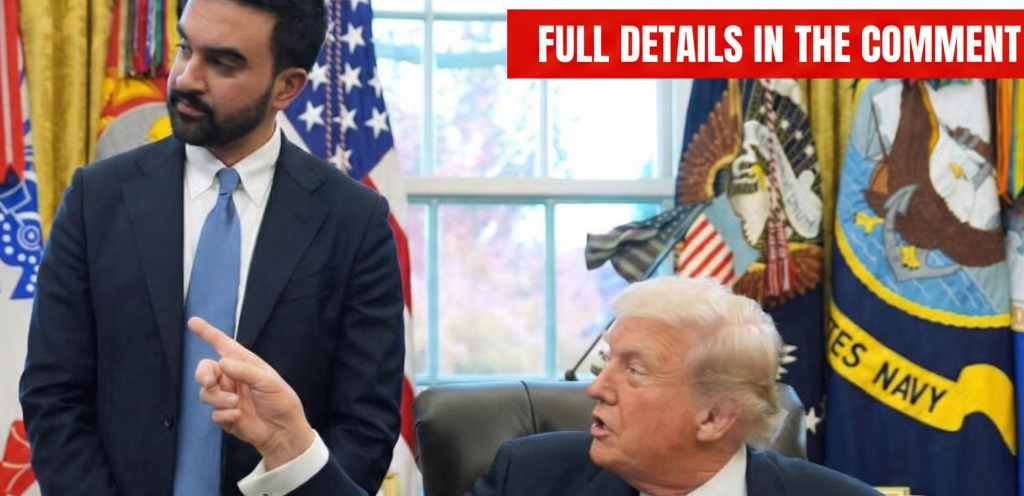Department of Education Axes $500K-a-Year Clinic Boondoggle
In the fluorescent-lit corridors of a nondescript federal building in Southwest Washington, where the hum of outdated HVAC units mingles with the shuffle of civil servants carrying coffee-stained folders, 52-year-old administrative assistant Carla Ruiz files away the last memo on a program that felt more like a phantom than a fixture. For eight years, Carla had managed the front desk of the Department of Education’s in-house health clinic—a modest suite tucked into the agency’s labyrinth, meant to patch up paper-pushers with quick checks and flu shots. But the clinic’s days were numbered long before November 21, 2025, when the official closure notice landed in her inbox, a simple email from HR that read like a long-overdue exhale: “Effective immediately, the Occupational Health Services Clinic is shuttered, saving $424,631 in FY 2026 alone.” Carla, a single mom from Virginia’s Shenandoah Valley whose commute from Manassas eats two hours round-trip, paused at her desk, the memo blurring through unexpected tears. “It wasn’t glamorous work—two hours a day, a handful of patients—but it was steady,” she says, her voice a soft lilt laced with the ache of change, her hands smoothing the paper as if to iron out the uncertainty. “Now? I’m part of something bigger—DOGE’s got us all rethinking what’s essential.” Carla’s closure isn’t a casualty; it’s a cornerstone in President Donald J. Trump’s audacious assault on government waste, a $500,000-a-year boondoggle axed in the name of efficiency, freeing funds for families like hers who scrape by on federal paychecks that barely keep pace with inflation’s relentless run.
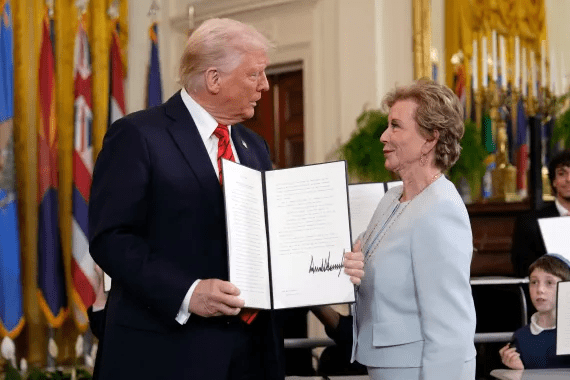
The clinic’s curtain call came not with fanfare, but with the quiet click of a keyboard in the Department of Education’s policy shop, where Trump’s handpicked efficiency czars—Elon Musk and Vivek Ramaswamy, the dynamic duo behind the Department of Government Efficiency (DOGE)—had set their sights on sacred cows long left to graze unchecked. Launched in January 2025 as Trump’s first executive stroke, DOGE was no think tank; it was a tomahawk, tasked with slashing $2 trillion in spending by year’s end through audits that spared no sacred silo. The Education Department’s clinic, a relic from the Obama era opened in 2017 to “improve workforce health,” became exhibit A: $500,000 annually for a two-hour daily operation that logged just 267 services for 60 patients in 2024, a $143.07-per-service tab that screamed inefficiency louder than a budget alarm. “Pouring hundreds of thousands into a clinic that barely opens its doors is bureaucratic bloat at its worst,” Department press secretary Savannah Newhouse told The Daily Signal in an exclusive November 21 scoop, her words a scalpel slicing through the excuses. The shutdown saves $27,631 through December 2025 and $424,631 next fiscal year, a drop in the DOE’s $80 billion bucket but a symbol of the systemic slimming Trump promised on the trail: “No more autopilot pork—every dollar works for you.” For Carla, logging her final shift on November 22, it was bittersweet: her desk cleared, but a severance package and retraining stipend opening doors to a policy role at a private nonprofit, her kids’ Christmas fund fattened by the windfall.
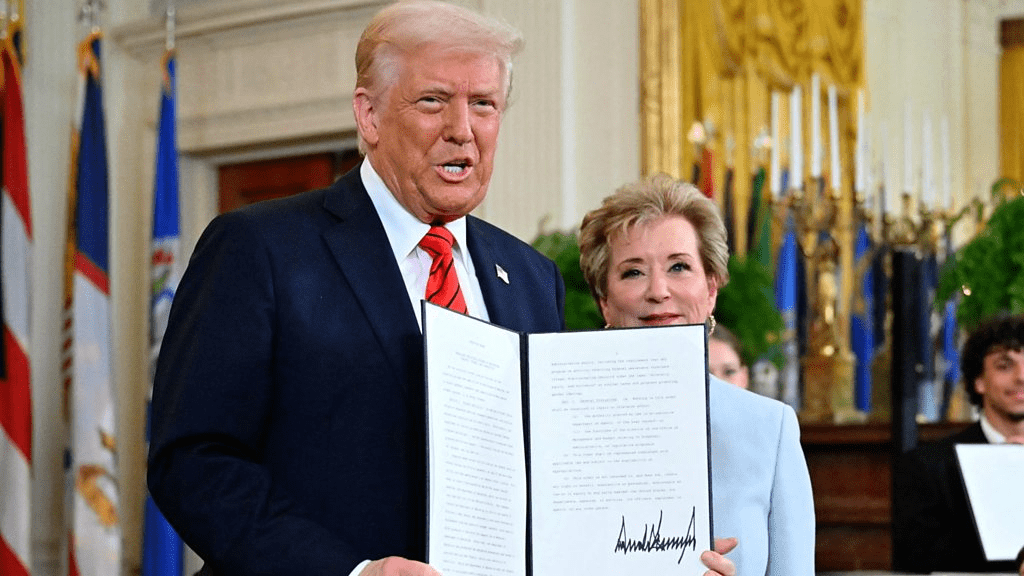
Carla’s chapter in this cost-cutting chronicle began not in D.C.’s marbled halls, but in the rolling hills of Front Royal, Virginia, where she grew up the daughter of a school bus driver and a diner waitress, learning early that every penny pinched was a prayer answered. A community college grad with an associate’s in admin, she landed at the DOE in 2010, her cubicle a front-row seat to the agency’s evolution from No Child Left Behind to Common Core quagmires. The clinic, a perk for 4,000 employees, was her quiet corner—scheduling blood pressure checks for desk jockeys stressed by student loan scandals, handing out masks during COVID’s crush. “It felt like family medicine—folks coming in frazzled from grant deadlines, leaving with a laugh and a lollipop for the kids,” she recalls, her laugh light but laced with loss, the empty waiting room now a ghost of good intentions. But the numbers never lied: 267 visits in 2024 for a $500,000 tab, a per-service price that dwarfed private care’s $50 average, the two-hour window a whisper of waste in an agency Trump vows to vaporize by 2026. DOGE’s audit, led by Ramaswamy’s razor-sharp team, flagged it first—a “non-core luxury” in a department slated for devolution to states, its closure the first cut in a cascade that could shutter 20% of DOE operations by spring.
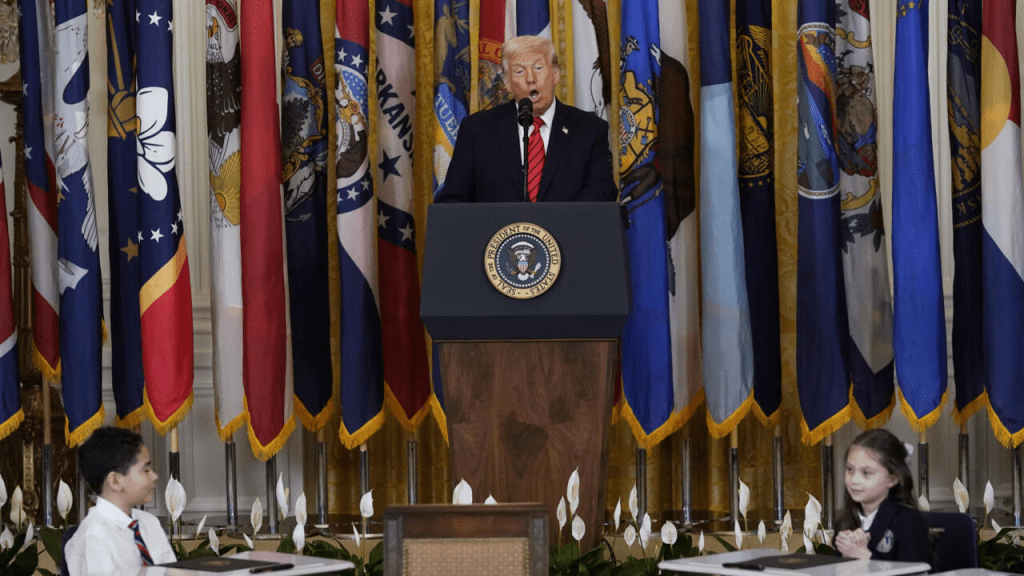
The emotional epicenter throbs in tales like Carla’s, where efficiency’s edge cuts close to the quick, but opens vistas of value long overlooked. Take veteran policy analyst Derek Lang, 61, from Bethesda, Maryland, whose 35 years at the DOE ended with a buyout in March, his desk in the Office of Postsecondary Education cleared for a consulting gig at a D.C. think tank that pays 20% more with half the hassle. “I was the guy rubber-stamping grants for $100 million in teacher training—vital work, but buried in red tape,” Derek says, his voice a rumble over a video call from his home office, bookshelves lined with education tomes gathering dust. The shutdown’s shadow—43 days unpaid in October—had him dipping into savings for his granddaughter’s braces, but DOGE’s devolution promise turned panic to purpose: his expertise now advising states on voucher programs, the freedom to fish midweek a perk no federal calendar allowed. “Trump’s not destroying jobs—he’s redirecting them,” Derek adds, his laugh booming like a breakthrough, the clinic’s closure a small spark in the larger fire of reform. Newhouse, the DOE’s fresh-faced spokesperson at 32, channels that optimism in her daily briefings, her Florida roots resonating with the rank-and-file: “We’re not cutting corners—we’re carving paths to what matters: kids in classrooms, not clerks in cubicles.”
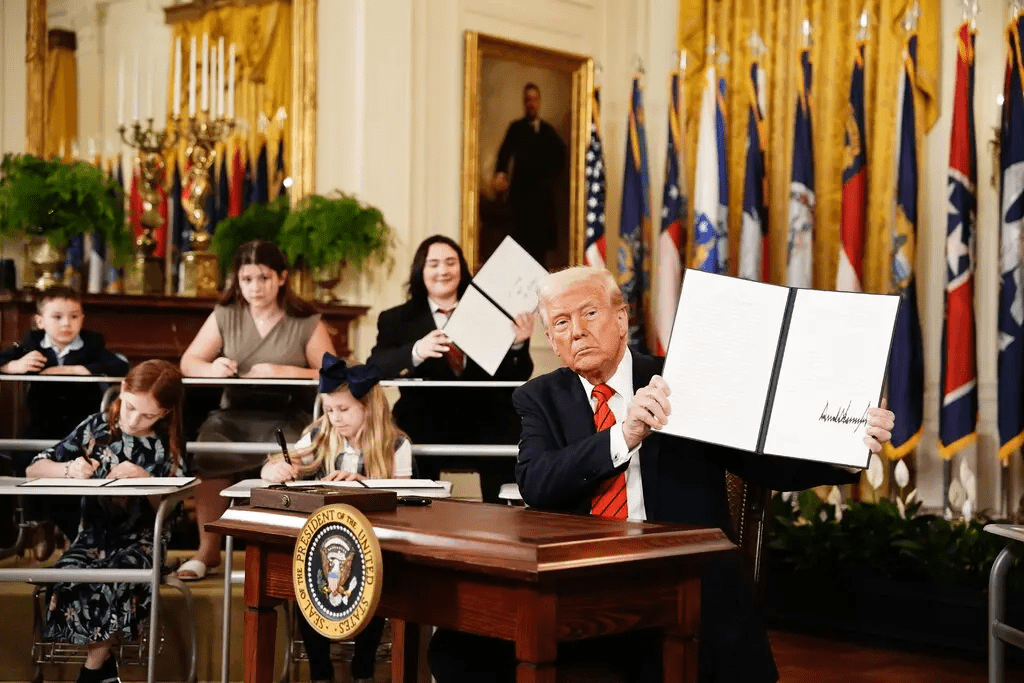
DOGE’s drill-down on the clinic was no drill; it was diligence distilled, Ramaswamy’s “waste warriors” poring over ledgers like detectives at a crime scene, uncovering a $143-per-service tab that included $100,000 in unused equipment and $50,000 in part-time nurse pay for hours that echoed empty. “Textbook bloat,” Musk tweeted on November 22, his X post a viral verdict with 1.2 million likes, the Tesla titan’s meme of a bloated bureaucrat sinking in quicksand a nod to the $500,000 sinkhole. The savings, modest at $452,262 annually, symbolize the systemic sweep: DOGE’s October audit flagged $1.2 billion in Education redundancies, from overlapping grant programs to underused conference centers, trims that fund Trump’s $5,000 child tax credit expansion for 10 million families. For Carla, transitioning to a hybrid role at a Virginia education nonprofit, it’s a new normal: her commute cut to 30 minutes, salary bumped 10%, the clinic’s closure a catalyst for change that closes one door but cracks open careers. “I miss the faces, but not the futility,” she says, her Manassas home now a hub for online training modules, her kids’ laughter filling evenings freed from overtime.
The broader brushstrokes of Trump’s trim paint a portrait of promise amid the pinch, a administration wielding the scalpel of savings to suture the wounds of waste. The shutdown’s scar—43 days that furloughed 2 million but spotlighted essentials like Carla’s clinic—served as the surgeon’s map, DOGE dissecting departments with the precision of a profit prophet. Education’s $80 billion budget, a behemoth born in 1979, faces the biggest blade: $20 billion in proposed cuts by 2026, devolving student loans to Treasury and special ed to Health, a devolution that Trump’s Project 2025 playbook previewed. “We’re returning power to parents and states—Washington’s not the classroom,” Trump said in a November 15 address, his voice a velvet vow, the Rose Garden’s roses nodding in the breeze. Critics cry foul—NEA unions decrying “carnage for kids,” their $200 million war chest funding ads of shuttered schools—but for Derek, consulting from his Bethesda den, it’s clarity: “I spent decades on federal fixes that flopped—now I’m helping Virginia vouchers that work.” The clinic’s cull, a $452,262 cut from a $80 billion canvas, is the first stroke in a masterpiece of mandate, Trump’s efficiency ethos echoing his first-term $1.9 trillion TCJA that juiced growth to 3% while trimming corporate fat.
As November’s frost etches the DOE’s windows, Carla files her final form, her heart a mix of melancholy and momentum. In a nation of navigators and nurturers, Trump’s trims aren’t terminations—they’re transformations, a tale of turning waste to wonder, one shuttered suite at a time.



